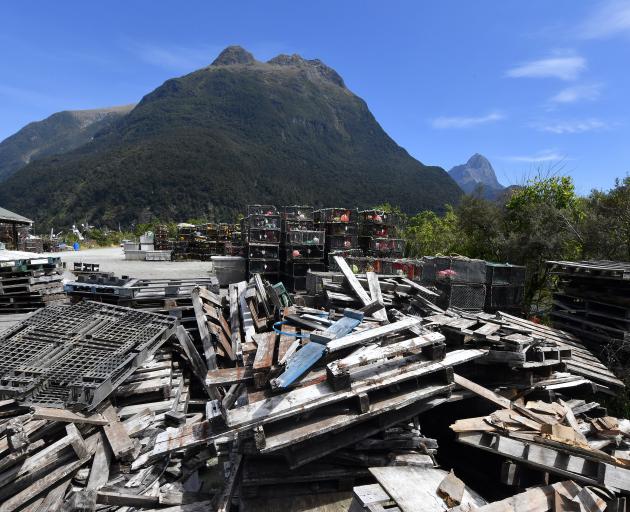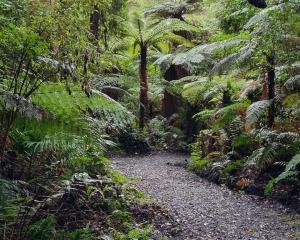
The Fiordland Lobster Company (FLC) has written to the Department of Conservation arguing a fence is necessary for safety at Deepwater Basin.
The fence would restrict access to a 0.66ha strip that leads to a public wharf with a fuel pump and boat berths and would also put a public toilet block out of reach.
The toilets are used by hundreds of recreational boaties and kayakers, who launch from the adjacent public boat ramp, and is also available to people using a Milford Track water-taxi service.
Boatie Tony Bulling said people would have to go in the bushes.
"It will become disgusting."
Boatie Dave McCarlie said recreational users must have facilities.
"We don’t want to fight, we want solutions ... we are really, really concerned."
FLC has a licence from Doc to manage the land and boat berths and load and unload its crayfish boats.
However, the licence, which runs out next year, is for shared use and requires the company to manage the land to a "safe and reasonable standard" and load and unload boats for no longer than necessary.

No-one has taken responsibility for the upkeep of its very basic toilets, showers and changing room, although kayak guides are known to muck in and clean it.
Boatie Ross McDuff said the popularity of bluefin tuna in Fiordland meant more than 100 boat trailers could arrive at the boat ramp at times causing "pandemonium ... if we get shut out [of the White House] it is going to create a whole load more problems".
The Fiordland Recreation and Conservation Trust (FRCT), which has about 200 members, responded to a Doc consultation about FLC’s fence idea, objecting to it.
Trustee Ian Carrick described it as a "sledgehammer to crack a nut". There were wharves that managed shared use safely through good procedures, he said, and the lobster company had failed to approach the trust to seek a solution.
Doc should take responsibility for an ongoing failure to meet recreational users’ needs, he said.
A proposal for a separate recreational marina had been drawn up years ago and discussed with Doc, but not been progressed.
The Otago Daily Times asked FLC if a company representative could meet us at the area, but the company said no.
When the ODT visited, significant mess was observed, including piles of broken pallets, metal rods and ropes.
There were also piles of lobster pots above head height.
No FLC staff seemed present.
A sign labelled "authorised personnel only" had a tick-box list of common hazards, but none was ticked.
FLC’s letter to Doc proposing the fence mentioned risks from reversing forklift trucks and said temporary fencing and road cones were used when the company used forklifts.
The ODT visited a second time and observed a forklift truck reversing with no fencing or cones.
Mr Carrick said he had also observed this.
Destination Milford Sound (DMS), an organisation representing local tourism operators, responded to the proposal saying it supported a fence for safety but objected to its location because it restricted public access.
DMS chairman Mark Quickfall said: "Crucially, DMS insists on adequate public toilet facilities at Deepwater Basin before restricting access to existing facilities."
Doc operations manager John Lucas said 33 responses to the fence idea had been received. Other options for "the White House" were being investigated.
Mr Lucas said Doc had some "maintenance tasks" at the wharf and had committed to replacing the boat ramp and would do the job in winter.
Doc has set a "tentative" date for a hearing about the fence idea of February 25 and is considering extending FLC’s licence to mid 2030.
Lobster company chief executive Jason Judkins said the company was "considering how we can best balance our requirements to manage health and safety around machinery and vessels on the wharf together with balancing community and recreational access".












